Circuit Description
The turbocharger speed sensor is a variable reluctance speed sensor. It consists of a coil wire and an iron core. The target on the turbocharger shaft is a ground flat in the center of the shaft. As the flat on the turbocharger shaft spins past the speed sensor, a signal is generated. The electronic control module (ECM) interprets this signal and converts it to a turbocharger speed reading.
Component Location
The turbocharger speed sensor is mounted in the center housing of the turbocharger.
Conditions for Running the Diagnostics
This diagnostic runs continuously when the engine is running.
Conditions for Setting the Fault Codes
The ECM detects that the turbocharger speed is above the maximum calibratible limits.
Action Taken When the Fault Code is Active
The ECM logs the fault code immediately when the diagnostic runs and fails.
The ECM will reduce the torque output of the engine to reduce turbocharger speeds.
Conditions for Clearing the Fault Code
To validate the repair, start the engine and let it idle for 1 minute.
The fault code status displayed by INSITE? electronic service tool will change to INACTIVE immediately after the diagnostic runs and passes.
The ?Reset All Faults? command in INSITE? electronic service tool can be used to clear active and inactive faults.
Shop Talk
When the engine has taken the necessary action to reduce the turbocharger speed, this fault code is logged. This fault code is for information only and no repairs are necessary. The engine can possibly be derated when operating near the maximum turbocharger speed limits.
Possible Cause:
1) ECM calibration


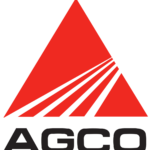 AGCO
AGCO ALLISON
ALLISON BENDIX
BENDIX BOBCAT
BOBCAT CAT
CAT CLAAS
CLAAS CNH
CNH DAF
DAF DETROIT
DETROIT EATON
EATON FREIGHTLINER
FREIGHTLINER HINO
HINO HITACHI
HITACHI ISUZU
ISUZU JCB
JCB JOHN DEERE
JOHN DEERE JPRO
JPRO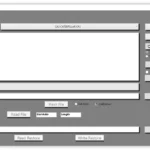 MAGIC TUNER
MAGIC TUNER MAN
MAN Navistar
Navistar PACCAR
PACCAR PERKINS
PERKINS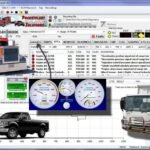 PF DIAGNOSE
PF DIAGNOSE PSI POWERLINK
PSI POWERLINK RENAULT
RENAULT SCANIA
SCANIA THERMO KING
THERMO KING UD NISSAN
UD NISSAN VOLVO
VOLVO WABCO
WABCO ZF TESTMAN
ZF TESTMAN
 BELL
BELL BENDIX
BENDIX BOBCAT
BOBCAT CARRIE
CARRIE DAF
DAF DETROIT
DETROIT EATON
EATON FUSO
FUSO MACK
MACK
 Cumminz
Cumminz ISB4.5 CM2150
ISB4.5 CM2150 All Engines (2017 Emissions)
All Engines (2017 Emissions) PACCAR
PACCAR


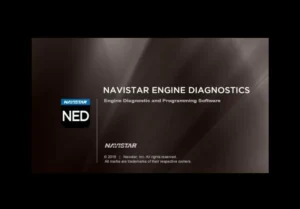


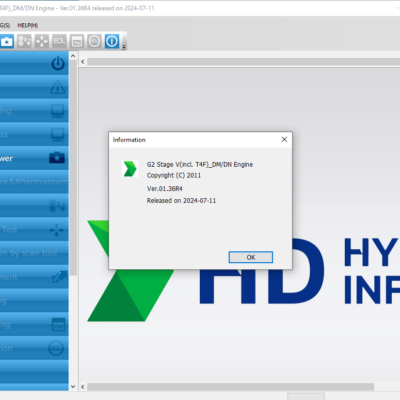
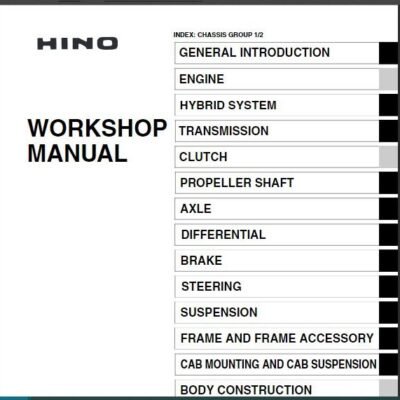

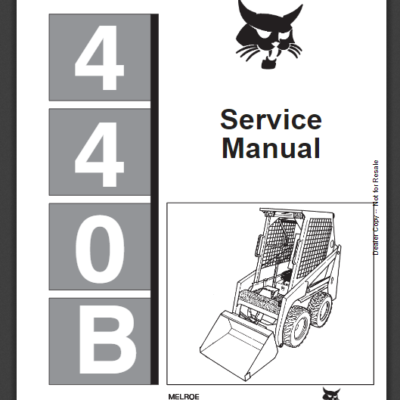

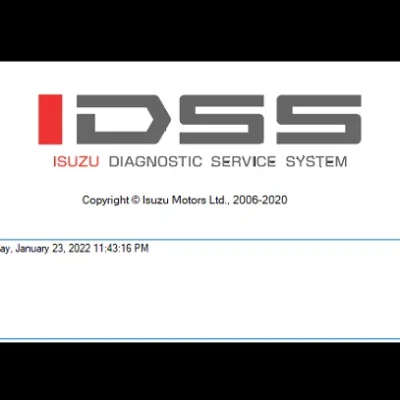





Reviews
Clear filtersThere are no reviews yet.